A closer look at the ROG Pugio gaming mouse
Back in April, ROG held a Join the Republic: Outshine the Competition event in Berlin, Germany. We showed off a number of new peripherals, and one of the standouts was the ROG Pugio. Why do I say standout?

That’s why. The aesthetics of the lighting and design make this mouse impossible to miss. But the Pugio isn’t just a good looking exterior; it has what counts underneath as well. Following in the footsteps of previous modular ROG mice, the Pugio offers the ability to swap the primary Omron switches, then it adds a new angle with configurable buttons for the left and right sides.
All hands on deck
What’s the advantage of configuring the side buttons? The Pugio is an ambidextrous, palm-based design with soft rubber on both sides that provides comfort for your thumb and pinky as your hand rests on the mouse. This symmetrical shape creates a small problem: two extra side buttons that can get in the way for a right- or left- handed user. The Pugio eliminates this issue by letting you remove and seal off those extraneous buttons. A southpaw who doesn’t need the two left-side clickers? No problem, pop off the magnetic buttons and replace them with the included cap.

The primary left and right buttons use a light-force, easy-to-click switch by default. These Omron switches have a long, 50-million-click life and owe their softer tactile feel to silver alloy springs. At this point, the gears are turning for some of the more hardcore readers. You’ve seen that 50 million number, the Omron name, and have arrived at one conclusion: D2FC switches. You’re right, but there’s a surprise twist.
Switch it up
Inside the Pugio's package is a triangular box of goodies. Inside that box, you’ll find the aforementioned removable side buttons and seal, as well as two DF2 Omron switches. These alternate switches sport gold alloy springs that give each click a firmer tactile feel. There is a trade-off, though: the DF2 switches have a shorter one-million-click life. That said, both the DF2C and DF2 switches should serve you well for a long time, and they’re not your only options. Omron makes many different switch types, and the Pugio is compatible with a wide range of standard D2F and D2FC models. This modularity is great if you have specific tastes, but don't let a focus on preference overshadow the fact that it makes repairs easy, too. Wearing out a switch doesn’t mean shopping for a new mouse, and the included spares can serve as an interim solution until you're able to order replacements.
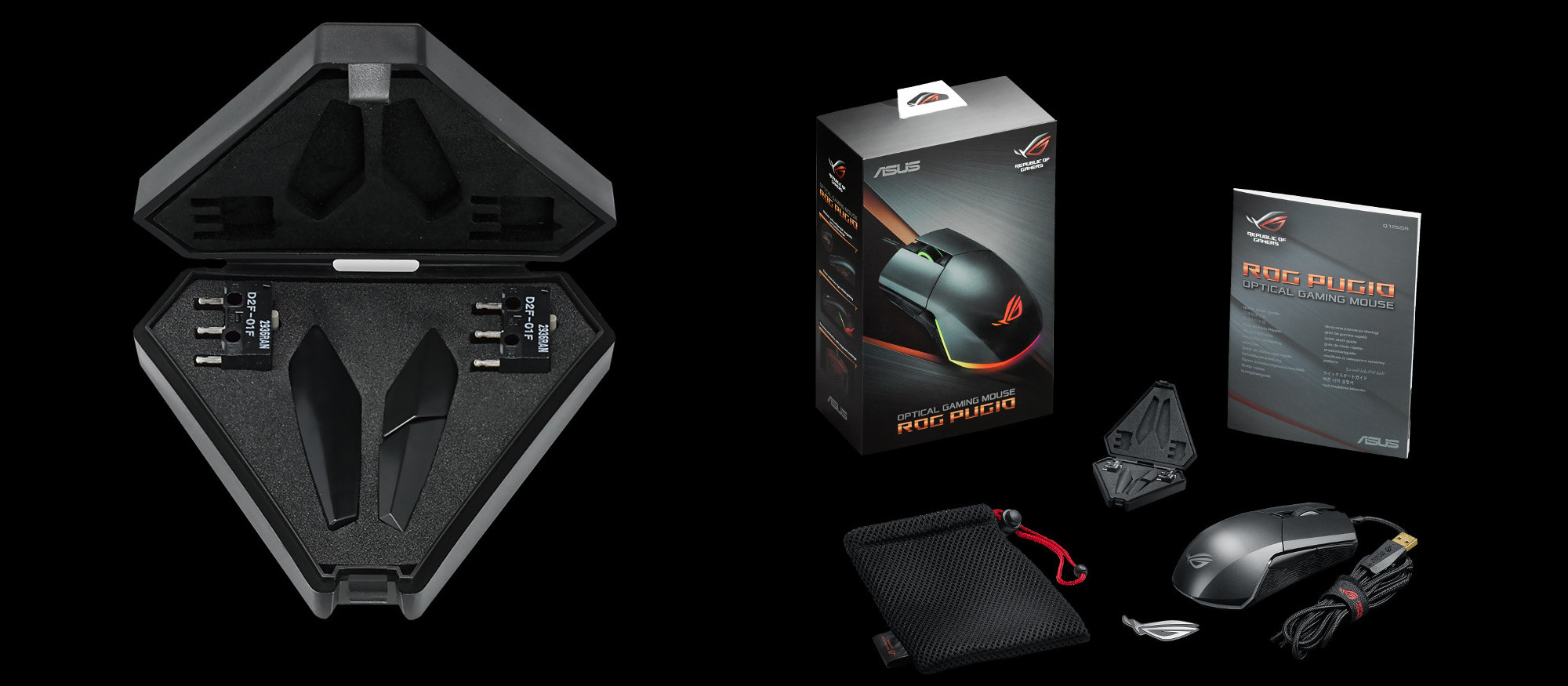
The component enthusiasts spend the most time debating is the sensor. Nary a tech forum exists that doesn’t have some sprawling thread that goes on for pages upon pages about the pros and cons of various optical and laser sensors. Fear not, I won’t go down that rabbit hole, but it would be remiss of me to not point out that we've heard the loudest complaint from such discussions: What’s the point of a high-DPI (sensitivity) sensor if it has to make assumptions about our movement? Players need a sensor that does 1:1 tracking without the guesswork. To meet that demand, the Pugio uses the Pixart PMW3330, a 7200-DPI optical sensor that's ready for interpolation-free tracking across the pad.
Sense and sensitivity
Convenient DPI switching is provided by a central button. Each of us has our own preference for how quickly we want the cursor to cross a section of our screen. Once you find that sweet spot, you generally want to keep it consistent day to day, and even game to game. That’s the utopian ideal, but reality often has no regard for well-laid plans. You may suddenly discover you need much lower sensitivity (and slower movement) to snipe an enemy hiding in the distance or complete a precise photo editing task. Also, any action that changes the field of view will mess with the consistency of movement you’re expecting. Good games give you additional sensitivity controls for that situation, but many of today's console ports lack such options. When these scenarios occur, you can adapt with quick click.
A great sensor and your favorite switches are all for naught if the delivery of input isn’t reliable. So many mice stumble and fall upon the hurdle that is a wireless connection. Does the Pugio fall victim as well? Negative, Ghostrider; a wired USB connection ensures fast 1000Hz input recognition with no battery woes.
Quality software is key to making any mouse truly your own, and the Pugio doesn’t disappoint. Its Armoury software is as well-rounded as the hardware it supports, granting the ability to customize keybinds, assign macros, modify USB polling, and adjust sensitivity. The sensor calibrator gives better tracking across your preferred mouse pad, while an optional telemetry component collects metrics about your usage that you can evaluate and to improve your game.
Find your Aura
Finally, we come to the striking appearance of the Pugio, with a beautiful light bar that makes it stand out on any desk. The tight corners of the light bar and the physics of total internal reflection aren’t the best of friends, so getting the glow to stand out so evenly took effort. With Aura Sync, you can tap into your artistic qi and let it guide you, synchronizing the lights on the mouse with your other components and peripherals. Or you can turn off the lighting completely, if that’s what your feng shui demands.

Life is full of trades-offs, and with mice, we frequently see products striving to be unique only to make sacrifices in important areas, like the sensor, switches, or input delivery. The Pugio doesn't fall into that trap. Instead, it balances aesthetics with modular customization options and a comfortable ambidextrous design to bring something different to a category that's ordinarily short on flair.
Author
Popular Posts
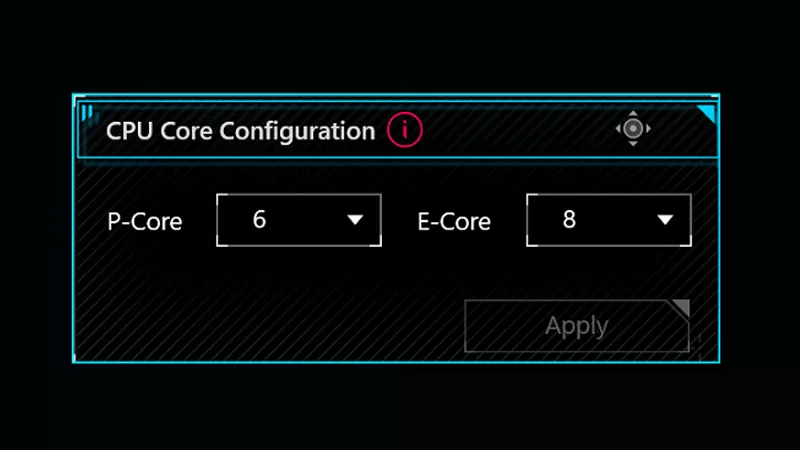
How to adjust your laptop's P-Cores and E-Cores for better performance and battery life
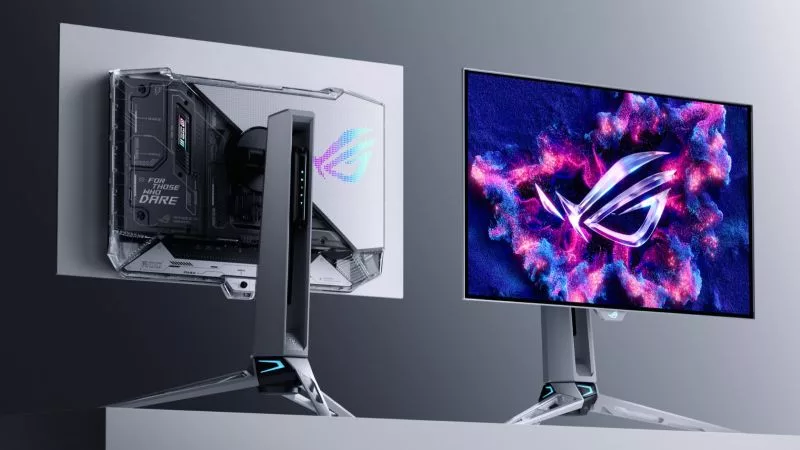
Prepare for Tandem OLED splendor with these new ROG gaming monitors
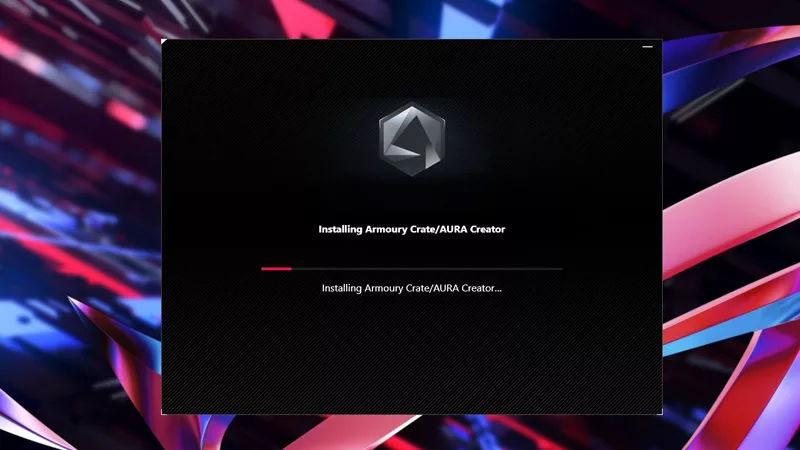
How to Cleanly Uninstall and Reinstall Armoury Crate
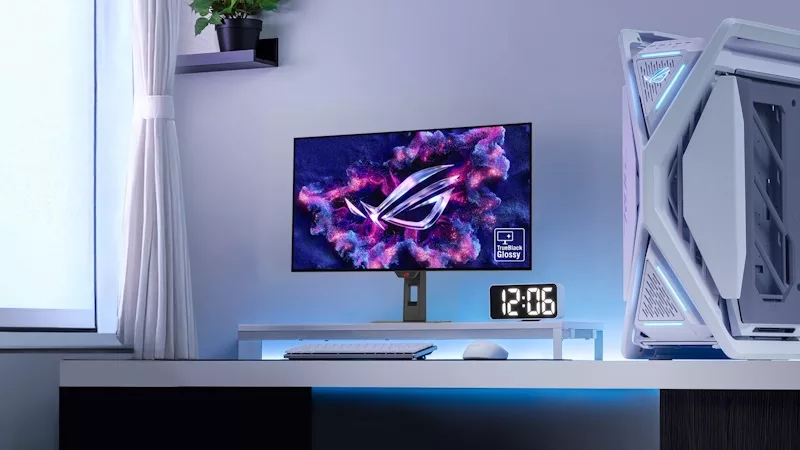
32-inch glossy WOLED panels debut in the ROG Strix OLED XG32UCWMG and XG32UCWG gaming monitors
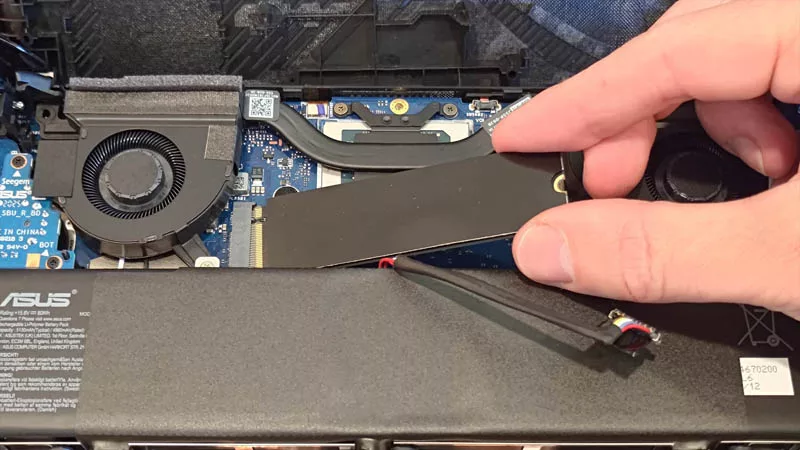
How to upgrade the SSD and reinstall Windows on your ROG Ally, ROG Xbox Ally, or ROG Xbox Ally X
LATEST ARTICLES
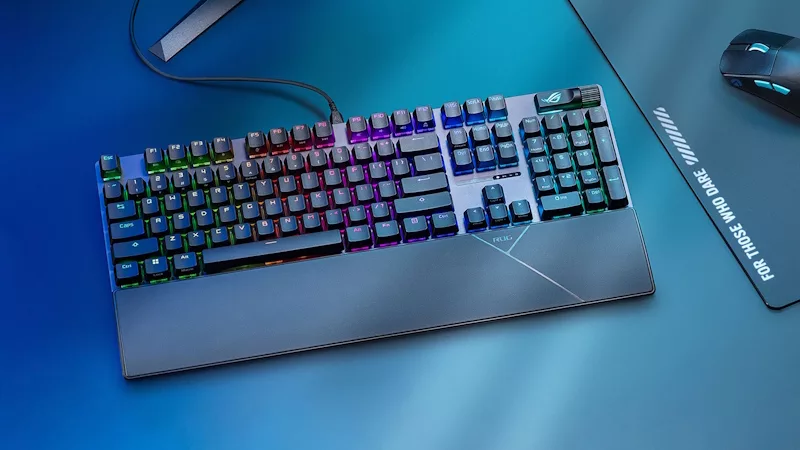
Meet the ROG Strix Scope II X: Full-size layout meets hot swappable switches
Modern amenities meet a classic layout in the latest custom gaming keyboard from ROG.
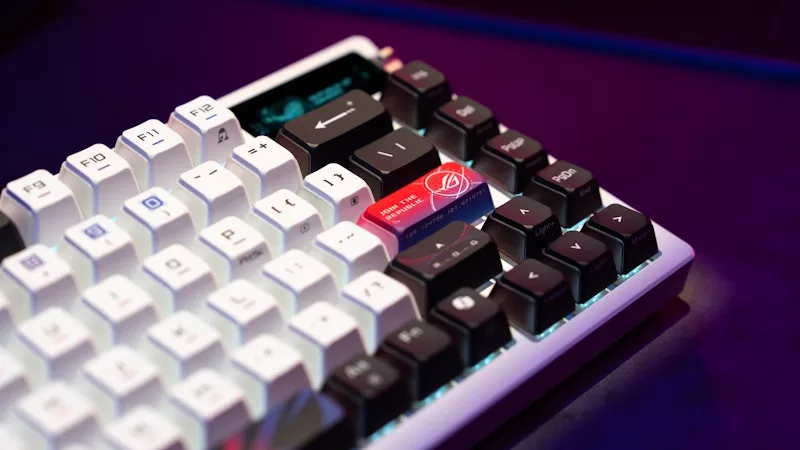
How a custom gaming keyboard elevates your gaming rig
High-end personalization options and typing feel make custom gaming keyboards stand out compared to mainstream decks.
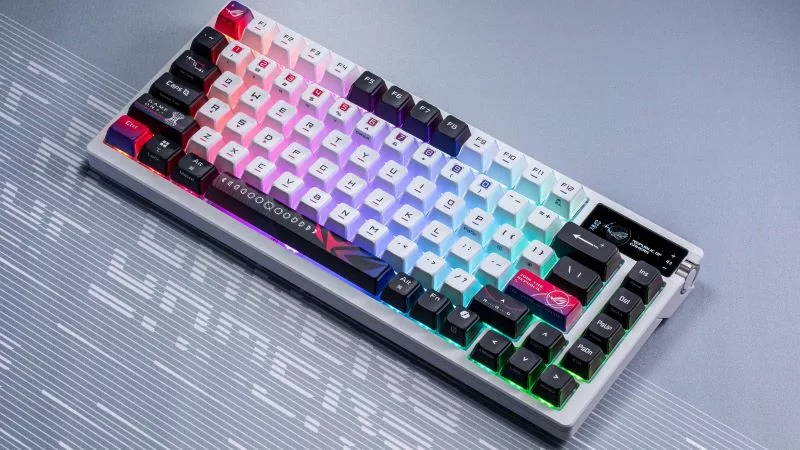
The ROG Azoth X 75% wireless keyboard is here, designed for hardcore gamers and modders
At ROG, we pride ourselves on catering to hardcore PC gamers who like to mod their peripherals. That's why we've made the ROG Azoth X more enthusiast-friendly than ever.
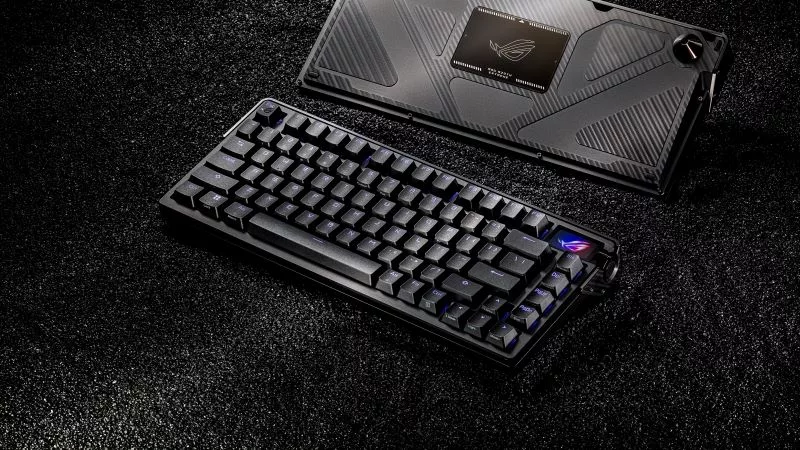
ROG Azoth Extreme vs ROG Azoth: The next level of customizable mechanical gaming keyboards
The ROG Azoth Extreme is the ultimate customizable mechanical gaming keyboard, offering superior build quality and elite gaming performance.
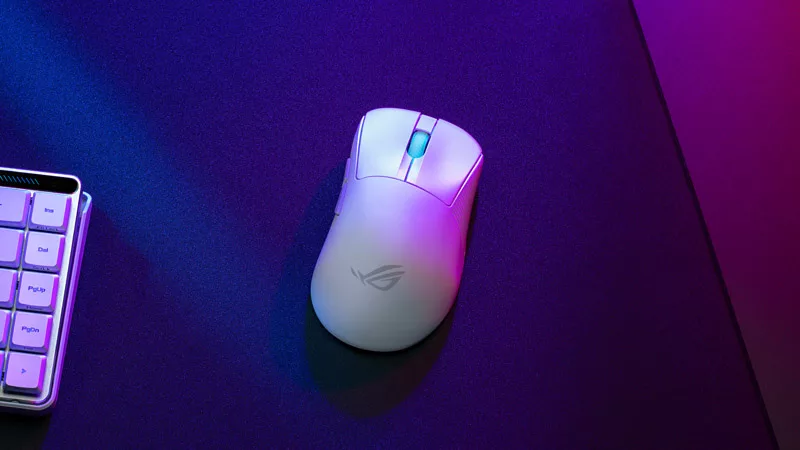
Lightweight, precise, competition-ready: Meet the ROG Keris II Ace
The ROG Keris II Ace is an ultralight wireless gaming mouse purpose-built for competitive gamers and esports athletes.
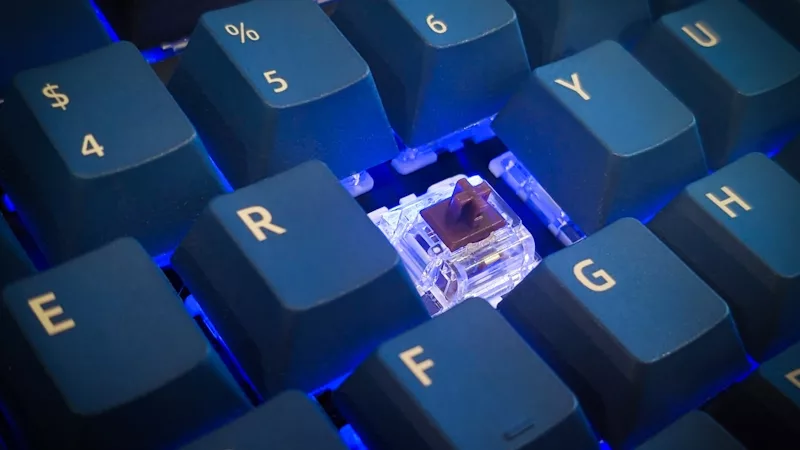
How ROG’s hot-swappable switch design saved me a trip to the keyboard store
Because the ROG Azoth has hot-swappable switches, I'm able to do quick and easy repairs as necessary. Here's how.